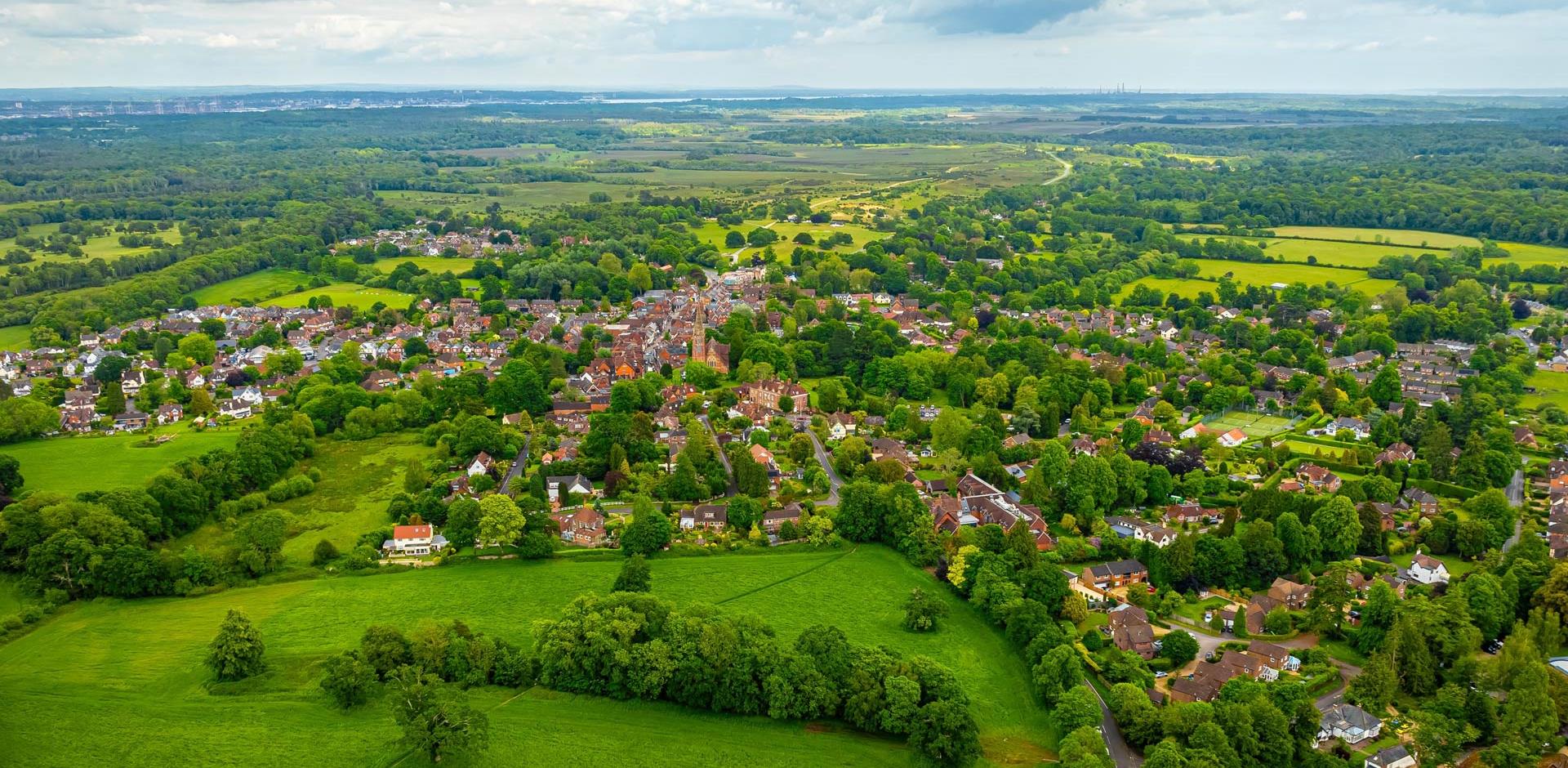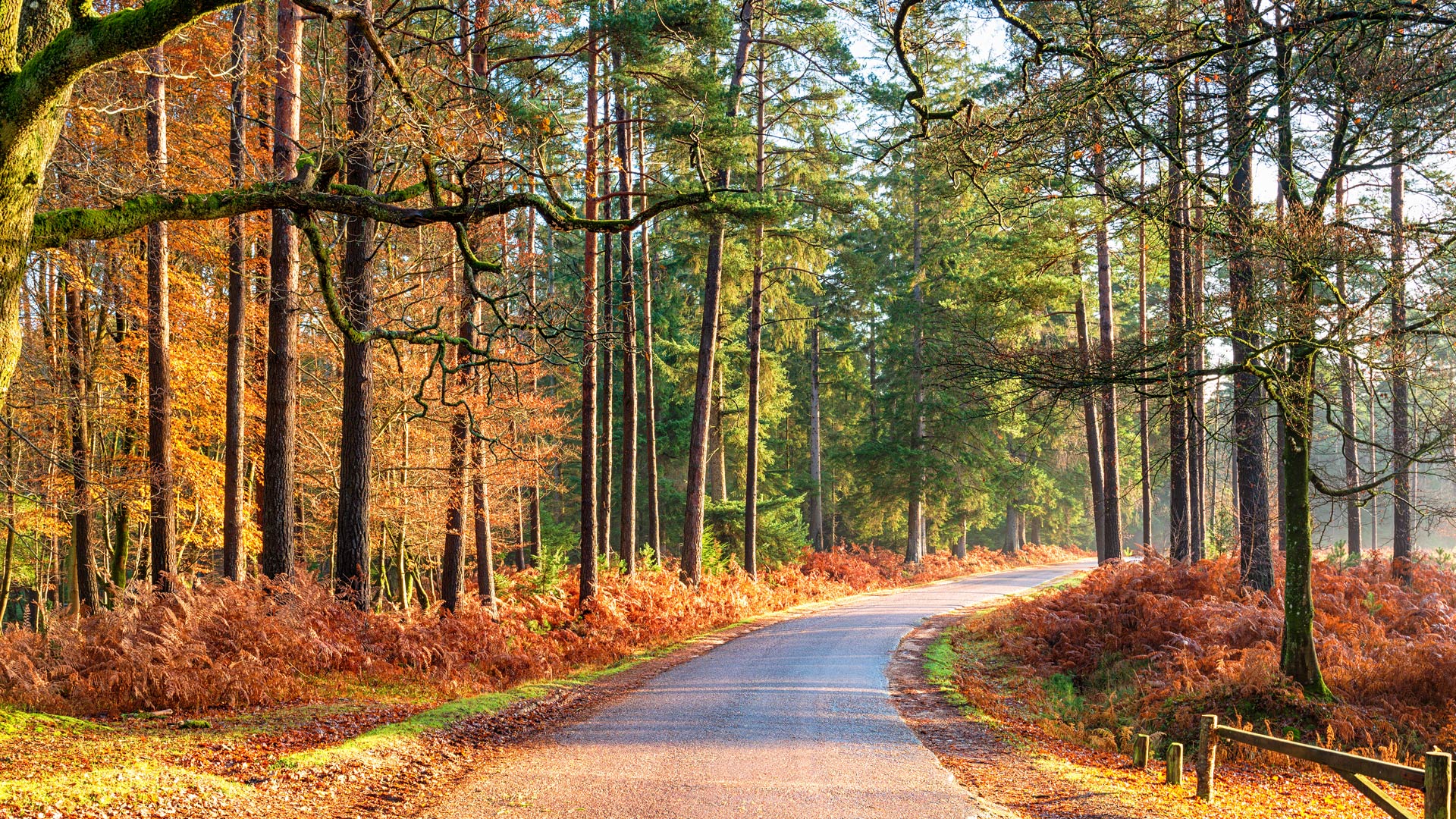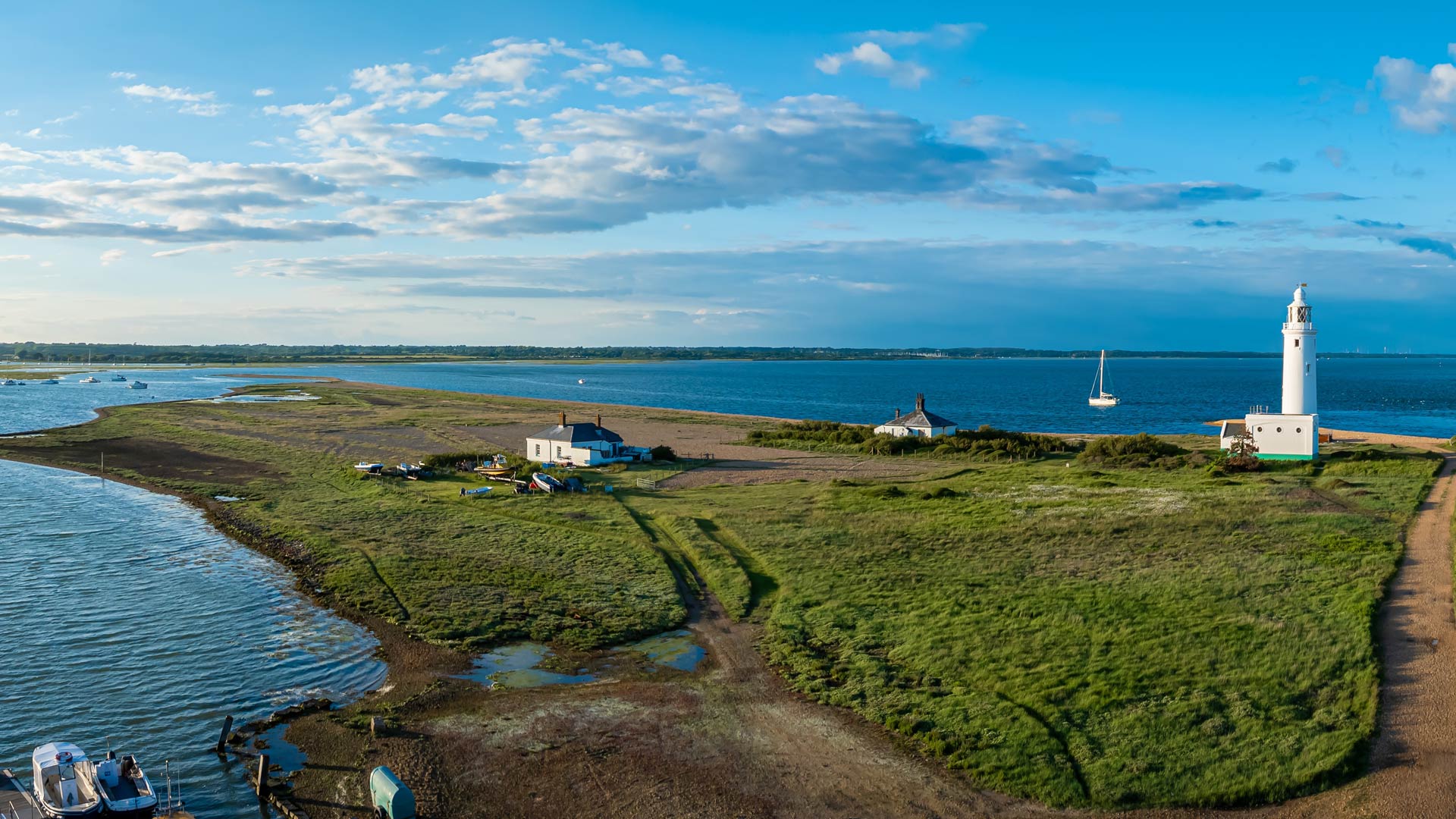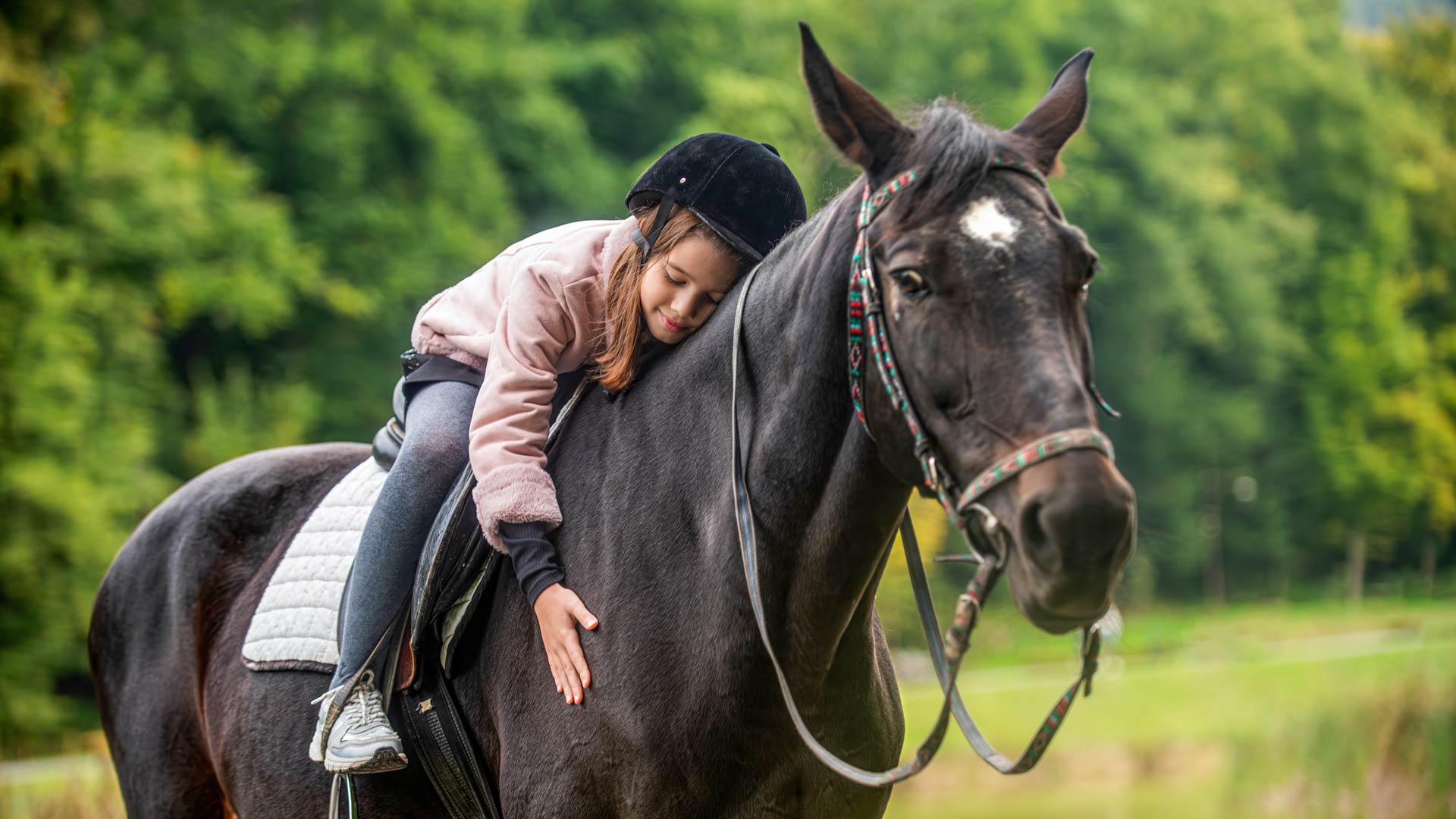
Camping in the New Forest
Discover campsites in the New Forest
Camp in the unique landscape of the UK’s beloved New Forest with woodland, open heathland, river and coastal habitats all playing a huge role in the park’s conservation. With exclusive access to some of the best New Forest land, you’ll find that our campsites are in the most sought-after locations. With campsites near Brockenhurst, Ashurst, Lymington and many more popular New Forest villages and attractions, you’re sure to find the ideal site below.
Check availability and book
Things to do and see while camping in the New Forest
Camping in the New Forest is perfect for a family getaway, a couple’s retreat, or a solo adventure. There’s plenty to do, from exploring the beautiful outdoors to spotting incredible wildlife and relaxing on the beaches. Whether you’re a thrill-seeker or looking to unwind and wash away your worries, a camping holiday in the New Forest is just what you need. Here are some activities you can enjoy during your escape to the New Forest.
Discover the incredible outdoors

In 2005, the New Forest was officially designated as a National Park. As a National Park, it is protected for its natural beauty, wildlife, and cultural heritage. Although it was previously designated as an Area of Outstanding Natural Beauty (AONB), its National Park status now provides a higher level of protection and recognition.
There are plenty of activities to do in the park. Whether you’re an avid walker or prefer a leisurely stroll, you can check out these popular walking routes in the New Forest. The park is also a favourite for birdwatchers, cyclists, and wildlife enthusiasts.
For wildlife lovers, camping in the New Forest offers the chance to see some of the 3,000 ponies that call the forest home. These ponies have roamed the area for over 2,000 years and are an integral part of the National Park’s heritage. Although they roam freely, it’s highly recommended to maintain a safe distance and avoid feeding them. Visitors are also encouraged to keep dogs on leads to protect both animals.
In addition to ponies, the park is home to deer, cattle, donkeys, sheep, and pigs, which roam freely throughout the year. At night, you may have the opportunity to spot bats—13 of the UK’s 18 bat species have been recorded in the New Forest. Moreover, all six species of deer found in the wild in the UK have been observed here at different times, though fallow and roe deer are the most commonly seen.
Explore local villages and towns

Why not enjoy a relaxing stroll through some of the quaint towns and villages in the New Forest? Popular ones include:
- Lyndhurst
- Brockenhurst
- Lymington
- New Milton and Barton on Sea
- Ashurst
- Beaulieu
Known as the “Capital of the New Forest”, Lyndhurst sits at the heart of the National Park and is great for a shopping trip, a relaxing evening at a pub, or morning brunch at a café. At the top of the High Street, you’ll find an impressive gothic parish church built in the mid-nineteenth century and flooded with rich history.
Keep an eye out for ponies, donkeys and cows who like to roam the streets and pop their heads into the local shops and cafes. Brockenhurst, surrounded by stunning heathland and ancient woodlands, is the largest village by population in the New Forest. It’s a popular spot for walkers and cyclists, offering easy access to scenic trails. The village also has a train station with direct connections to London and other cities across the UK, making it a convenient base for backpackers and explorers.
With a rich marine history, Lymington is a popular town in the New Forest, which has plenty to do and see. Visit the St Barbe Museum and Art Gallery, browse through all the local goods at the Saturday market, treat yourself to something tasty at the cafes and restaurants and spend your evening watching the sunset by the water.
Barton on Sea was once a coastal village, but it is now connected to New Milton. It’s the perfect location for a coastal escape, offering plenty to do. Enjoy cliff-top walks with views of the Isle of Wight in the distance, relax near the coast at one of the many restaurants and cafes, or try fossil hunting along a coastline rich in fossils, thanks to Barton’s unique geological beds.
Known as the gateway to the New Forest and perched right on the edge of the National Park is the charming village of Ashurst. This village is the perfect base for exploring the National Park, with excellent railway connections and plenty to do within the village itself. Whether you’re up for an adventure in the New Forest or prefer to take it easy by strolling through the shops and relaxing at pubs, cafes, or restaurants, consider visiting Ashurst.
Sometimes, it’s nice to get away from the hustle and bustle of city life and escape into the quiet where you can get back to the basics and put your mind to ease. Beaulieu is a tranquil village that you must visit on your camping trip to the New Forest. You’ll get to see free-roaming ponies and donkeys, scenic landscapes across Millpond and the surrounding forest and learn all about the village’s history.
Family friendly activities in the New Forest

The New Forest is great for families as there’s something for everyone. Some exciting family fun activities include:
- Horse riding
- New Forest Reptile Centre
- New Forest Water Park
- Paulton Family Theme Park
- Insight Activities
- Wild Play Areas
- Sammy Miller Motorcycle Museum
- Highcliffe Castle
A great way to roam through the National Park is on horse. With plenty of walking trails that are horse friendly, you can safely travel through the park and see all the beautiful wildlife.
The New Forest is home to many reptiles and amphibians which you can visit at the Reptile Centre. See snakes, lizards, toads, frogs and more.
From inflatable obstacle courses to kayaking and stand-up paddleboarding, the New Forest Water Park is a great activity for thrill seekers.
Paulton’s Family Theme Park is located near the New Forest National Park and makes for an amazing family day out. It’s home to Peppa Pig World, and it has fun rides for all ages. Check out more information on Paulton Park here.
Insight Activities hosts outdoor and woodland activities such as axe throwing and archery. It’s perfect for families and couples.
Let children burn of any extra energy at the Wild Play Areas. Kids can build dens, jump into puddles, climb over fallen logs and make mud pies.
The Sammy Miller Motorcycle Museum is a must-visit destination for motorcycle enthusiasts. Home to over 500 rare and exotic motorcycles, this incredible museum offers a chance to explore its fascinating history and marvel at its unique collection.
Located just outside the New Forest National Park, Highcliffe Castle is a romantic and picturesque building with stunning views. With 14 acres of land, the castle is great for scenic walks and a relaxing picnic.
